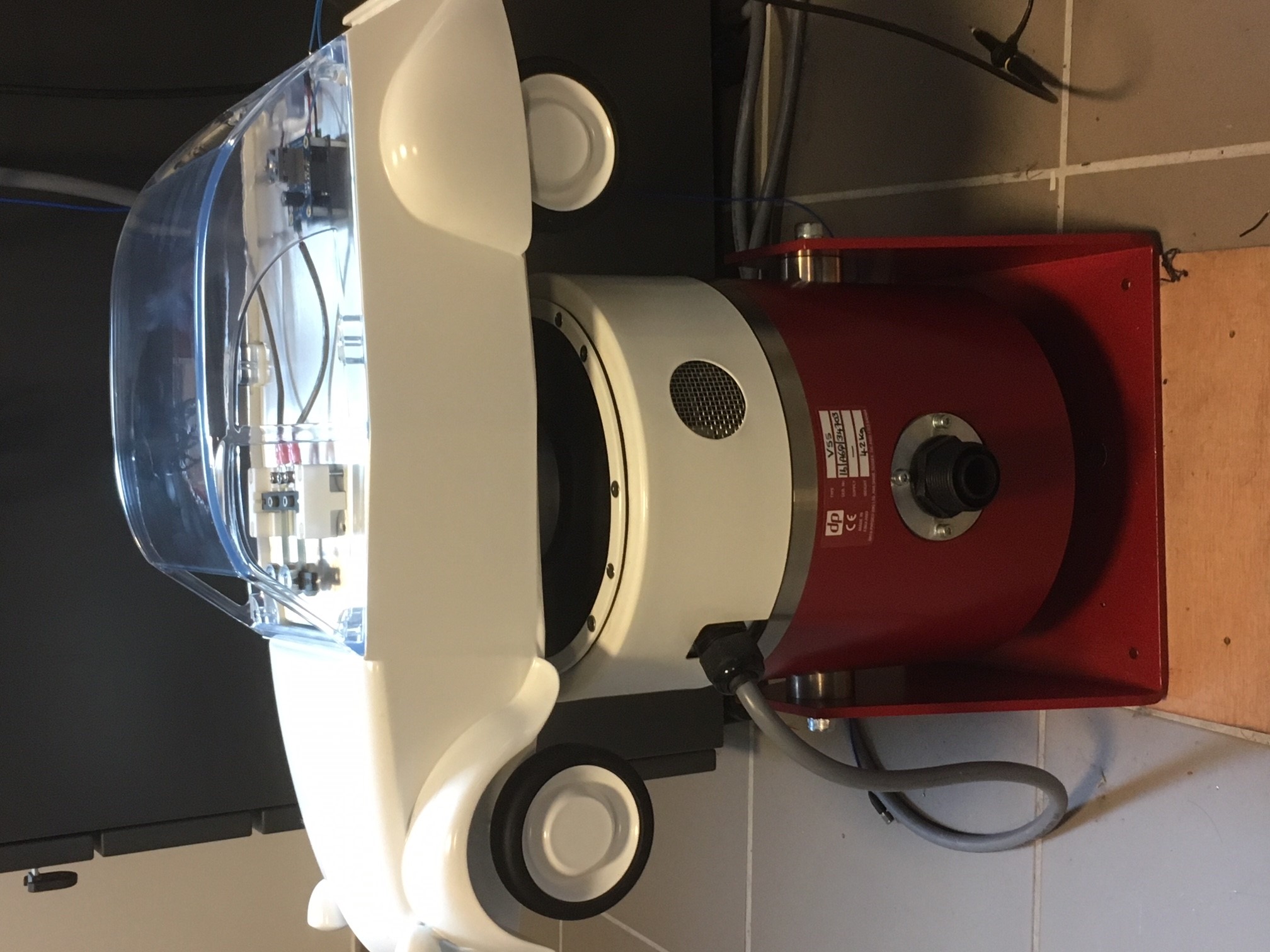GRENOBLE, France – Feb. 8, 2018 – Leti Chief Scientist Barbara De Salvo will help kick off ISSCC 2018 with an opening-day presentation calling for radically new, digital-communication architecture for the Internet of Things in which "a great deal of analytics processing occurs at the edge and at the end devices instead of in the Cloud".
Delivering a keynote talk during the Feb. 12 plenary session that formally opens the conference, De Salvo will note that the architecture will include human-brain inspired hardware coupled to new computing paradigms and algorithms that "will allow for distributed intelligence over the whole IoT network, all-the-way down to ultralow-power end-devices."
"We are entering a new era where artificial-intelligence systems are … shaping the future world," says De Salvo, who also is Leti's scientific director. "With the end of Moore's Law in sight, transformative approaches are needed to address the enduring power-efficiency issues of traditional computing architectures."
Leti Paper and Demo Present Technology for 'Extracting Energy from Shocks'
In addition, Leti scientists will present a paper on and a demonstration of real-life applications of piezoelectric energy harvesting, which converts mechanical energy, such as vibration and shocks, into electrical energy. The demo at Demonstration Session 1, 8.8, from 5-7 p.m., Feb. 12, in Golden Gate Hall of the San Francisco Marriott Marquis Hotel, will show a new technology for extracting energy from shocks. The demo shows an energy-autonomous temperature sensor node powered by the proposed harvesting circuit in an automotive environment. The system is able to harvest enough energy to sense temperature and transmit it wirelessly with a few mechanical pulses.
The demonstration is based on the paper, "A 30nA Quiescent 80nW-to-14mW Power-Range Shock-Optimized SECE-Based Piezoelectric Harvesting Interface with 420% Harvested-Energy Improvement". The paper will be presented at 11:15 a.m., Feb. 13, during Session 8 on Wireless Power and Harvesting. The authors propose an efficient electrical interface to maximize the energy extraction from a piezoelectric energy harvester. The novelty of the approach is to adapt the strategy to sporadic mechanical shocks, usually found in real-environments, instead of periodic vibrations. The circuit allows a self-starting operation and energy-aware sequencing with nanowatt power consumption. Compared to a well-established interface, the proposed approach presents 4x energy harvesting capability.

Model demonstrates means to extract electrical energy from shock.